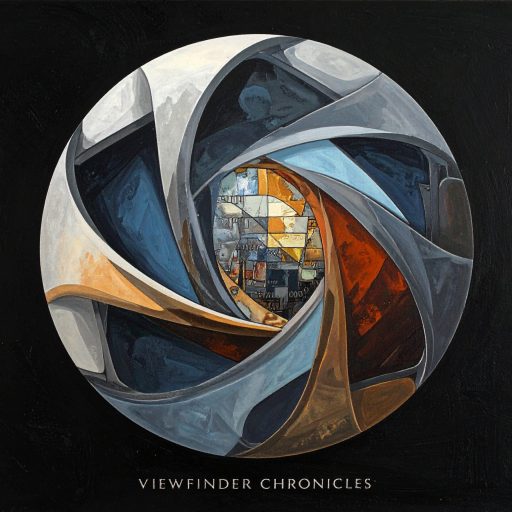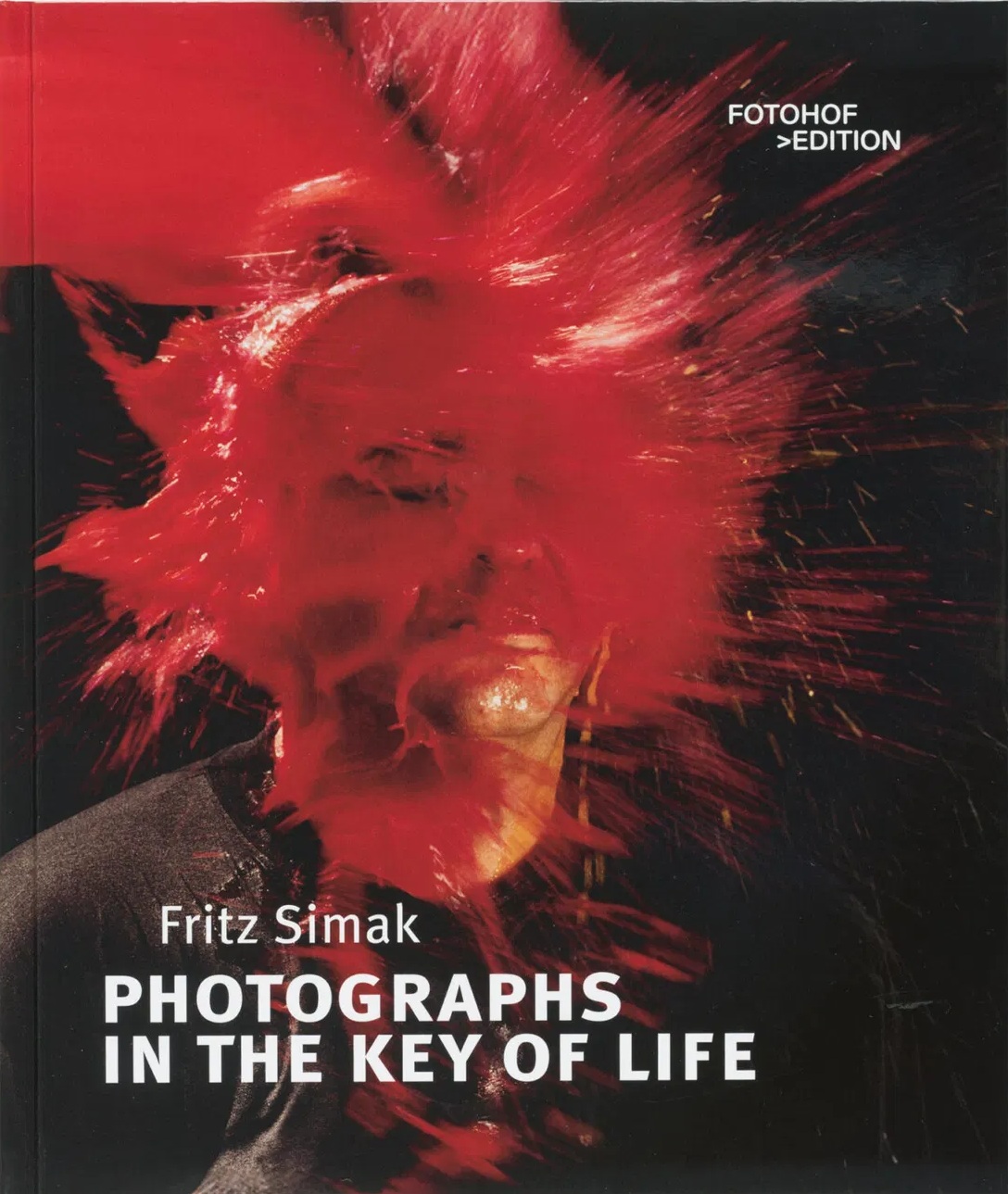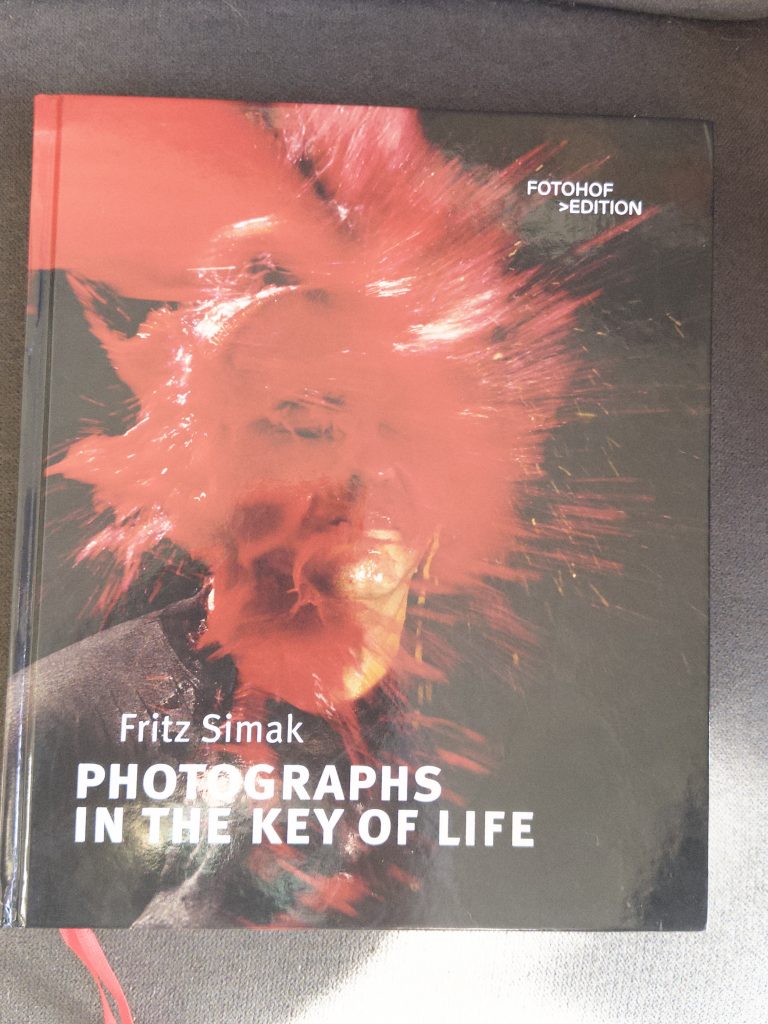
There’s something quietly soul settling about Simak’s work, a quality that pulls me back to those solitary hours in my Aberdeen flat, sat at my computer, trying to make sense of my own visual chaos. His conceptual approach, one that’s rooted in the ordinary yet elevated by light’s transformative presence, feels uncannily aligned with my own meandering explorations of urban relics and overlooked domestic fragments. I remember a recent moment, while sequencing a set of my own images of rusted signage and broken glass, when I realised with a kind of gut punch that I’d been unconsciously echoing Simak’s ethos, the quiet conviction that the invisible is often the most revealing. His series “The Invisible” and “Noir et Blanc” resonate so profoundly because they mirror my own enduring fascination with what lies beneath the surface, especially within the fragile and layered context of family life, where so much is felt and understood but so rarely seen or spoken aloud.
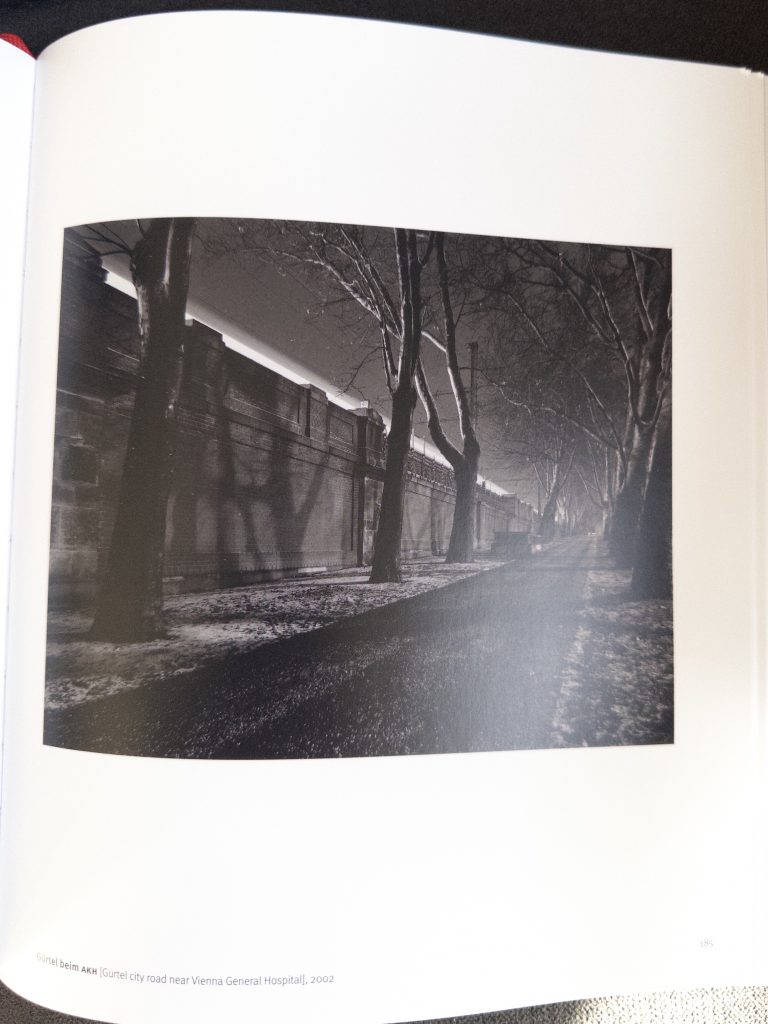
Simak’s book, a magnificent tome in its own right from the exceptional FOTOHOF, isn’t a mere catalogue, it’s an invitation to meditate on some of the weightiest themes, impermanence, visibility, and the fragile architecture of memory. There’s a melancholic ache that runs through these pages, a kind of poetic resistance to the relentless march of time, a yearning to hold onto moments before they dissolve into the ether. It made me reflect on how we document our own lives, not just as photographers, but as parents, partners, and artists, trying to preserve fleeting truths. His masterful use of light as both a subject and a metaphor evoke questions I have wrestled with for years, what does it mean to truly see someone? How do we honour the mundane without romanticising it into something it’s not? And can photography ever fully capture the emotional residue of a lived experience, the subtle, visceral hum of a shared moment?
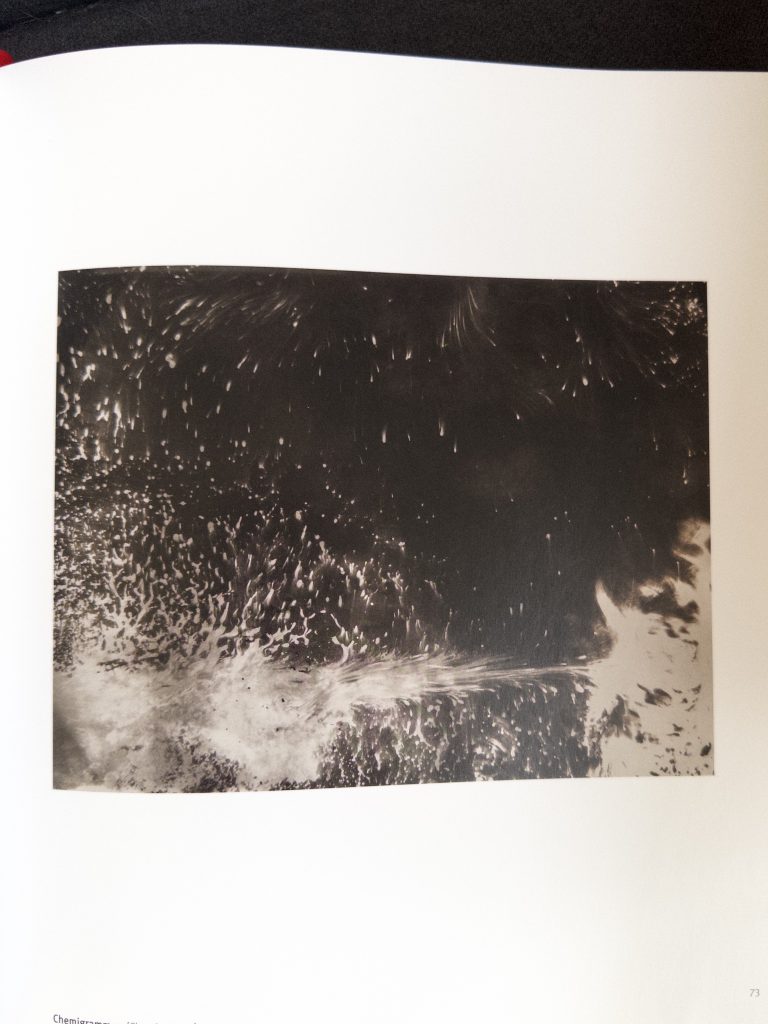
FOTOHOF’s presentation is, frankly, exquisite. The hardcover’s dimensions lend a quiet gravitas, and the paper has a beautiful, tactile quality that feels like a deliberate echo of the analogue roots Simak so fiercely protects. The bilingual layout is a particularly elegant touch, a nod to his duality, his rare ability to speak in both the language of the visible and the unseen. I was particularly struck by the inclusion of a glossary of analogue terms, a subtle but powerful gesture that reaffirms the book’s deep commitment to process and craft. It at once reminded me of my own near obsession with the physicality of photobooks, the way a meticulously silk screened cover or a hand stitched spine can elevate the experience from passive viewing to intimate engagement, a kind of silent conversation with the artist.
Photographs in the Key of Life transports me back to those solitary rambles through the Scottish countryside, camera slung over my shoulder, where I’d pause to capture the subtle interplay of light on undulating hills. Much like Simak’s work, I’ve exposed vulnerabilities in my own ongoing project, documenting the quiet erosion of rural landscapes near Aberdeen, admitting my occasional oversights in framing the vastness without losing the intimate details that whisper of time’s relentless march. Simak’s images, each a testament to his pioneering conceptual gaze, stir a profound resonance within me, their analogue roots echoing the tactile thrill I chase in the darkroom, prompting deeper musings on identity’s fragility and the human condition’s impermanence in a world that feels both boundless and fleeting. I found myself captivated by specific images, each a world unto itself.
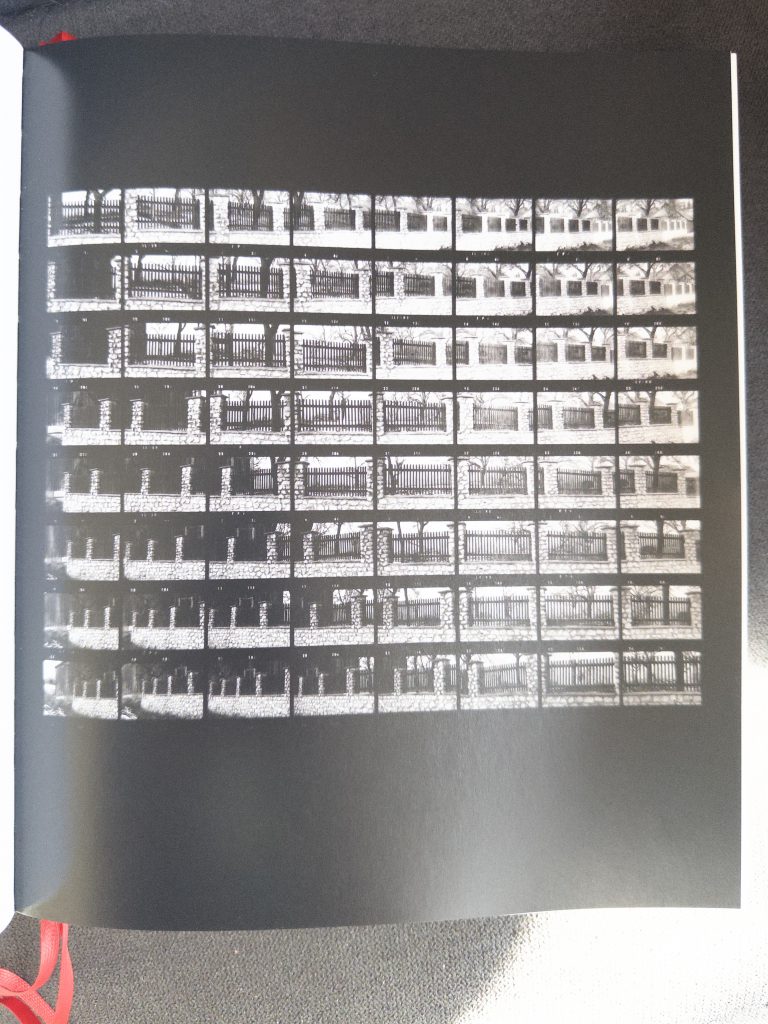
There are many amazing images, but I will speak about some I Loved like this spread which reveals a serene colour landscape titled Vulkan (Volcano), 1993. Rolling green fields stretch across the foreground in meticulous rows of crops, giving way to gently undulating hills patched with golden harvests, dark forested strips, and a solitary tree perched like a sentinel on a verdant slope. The composition draws the eye across layers of cultivated earth, the soft haze of distance blending land and sky in a harmonious palette of greens, yellows, and blues, evoking a palpable sense of pastoral tranquillity tinged with the earth’s raw vitality. This pulls at me deeply for its unflinching celebration of nature’s quiet rhythms, mirroring those moments in my walks where the landscape’s subtle geometries reveal stories of human endeavour against elemental forces. It questions how we carve belonging from the soil while time reshapes it all. Simak’s keen eye for light’s gentle caress educates on the artistry of patience, transforming the ordinary vista into a poignant meditation on resilience that leaves me yearning to revisit my own negatives with fresh wonder.
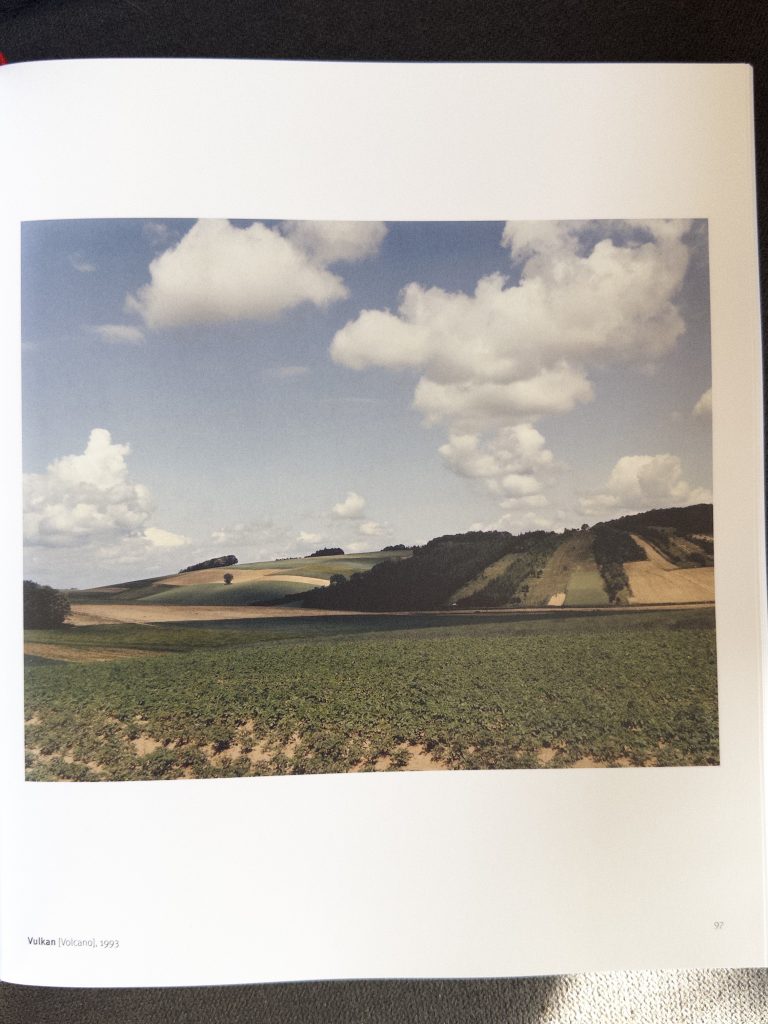
Another image, Schönbrunn Mauer bei Nacht 10 from 2010, unfolds in stark black and white, a haunting study of a gnarled tree trunk rooted in grassy earth, its bark textured with deep fissures and mottled patterns. The intricate shadows of its branches sprawl across the ground like ethereal veins, the lighting casting a dramatic chiaroscuro that blurs form and void in a visceral, haunting dance. I adore this piece for its soul settling exploration of absence and presence, reminiscent of nights I’ve spent photographing moonlit ruins, where shadows unveil hidden narratives of decay and endurance. It prompts a deep reflection on how memory clings to the unseen. Simak’s masterful process, likely born from long exposures under nocturnal skies, proves a profound craft in harnessing darkness to illuminate the human soul’s quiet struggles, igniting my enthusiasm for works that humanise the night’s mysteries.
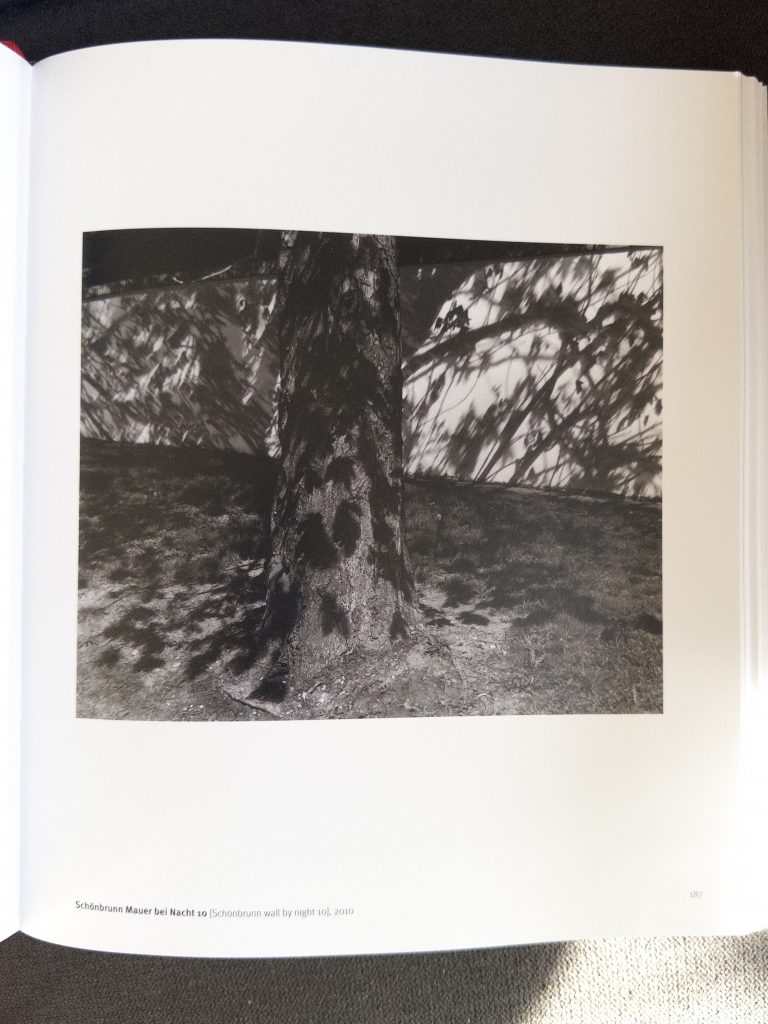
Then there’s Testbild (Test card 12), 1973. A black and white close up of a distorted television screen, its curved glass framing zigzagging lines and static interference that warp around a partial “Coca Cola” logo appearing from the glitchy haze. The tones graduate from deep blacks to grainy greys in a chaotic yet rhythmic abstraction that pulses with analogue imperfection. The composition captures the screen’s rounded edges, the distortion evoking a sense of technological fragility, as if the image teeters on the brink of dissolution. This resonates with my fascination for media’s fleeting illusions, echoing experiments in my early darkroom days where I’d manipulate exposures to distort familiar forms, admitting my challenges in embracing chaos without control. It stirs philosophical undercurrents on consumer culture’s ephemerality and our relentless quest for meaning amid noise. Simak’s innovative approach to capturing electronic artefacts is a testament to his conceptual depth, leaving me profoundly curious about the stories embedded in such everyday disruptions.
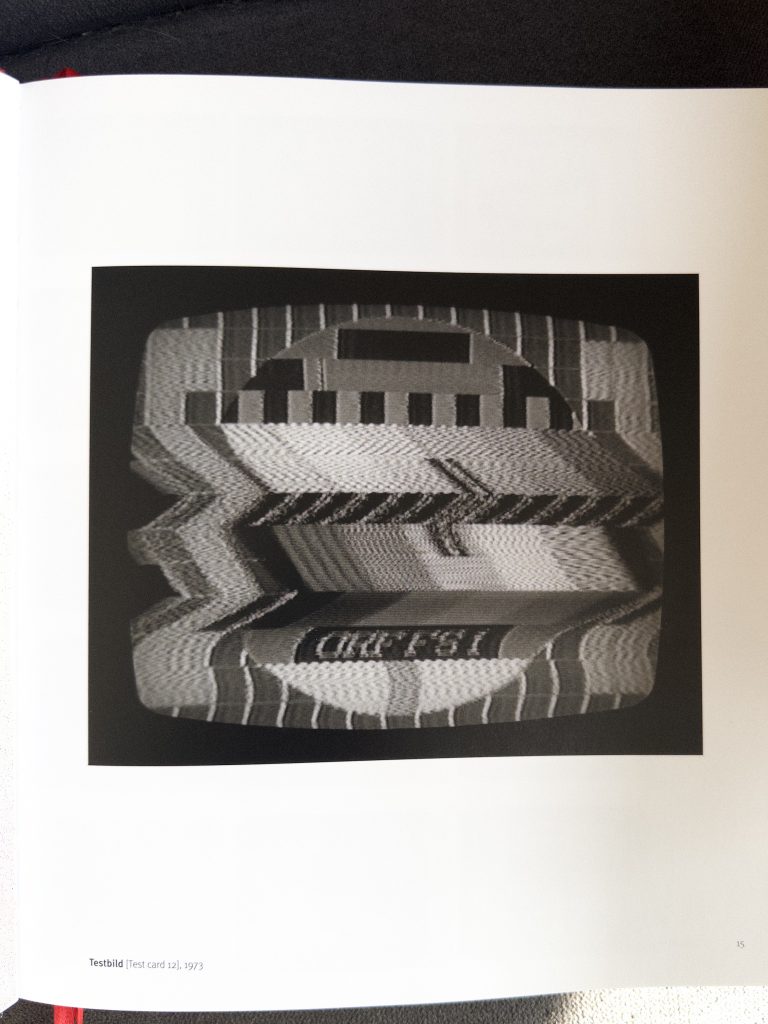
A final, visceral example is Fische im Wasser (Fish in water), 1975. This abstract black and white vision presents dark, fluid shapes resembling submerged branches or ethereal fish darting through mottled waters, their jagged forms twisting and overlapping in a misty expanse of greys and whites. The composition is a swirling interplay of light and shadow that blurs boundaries between the organic and the imagined. What enchants me here is its raw evocation of submerged worlds, much like underwater forays I’ve tried in coastal shoots, where visibility’s limits mirror life’s uncertainties. It makes me question how we navigate the fluid currents of identity. Simak’s process, perhaps involving experimental techniques to mimic aquatic immersion, showcases a passionate craft that transforms the intangible into tangible poetry, fuelling my admiration for photography’s power to probe the unseen human condition.

In the end, these glimpses from Simak’s tome renew my hunger to embrace light’s elusive melodies, urging us to cherish the visceral sparks that bind our fleeting existences in defiant harmony. There’s an image in his
“Schwarz und Weiss” is a simple composition of a white porcelain cup against a black velvet backdrop. It’s stark, almost austere, yet it vibrates with a kind of profound tension. It made me think of my youngest son’s fascination with contrast and pattern, how he will fixate on the interplay of light and shadow in the most unexpected places. That image, in its quiet defiance, felt like a metaphor for neurodivergent feeling, how beauty and meaning often lie in the subtle, raw details others overlook. Simak’s work doesn’t just document, it listens. And in doing so, it teaches us to listen too.
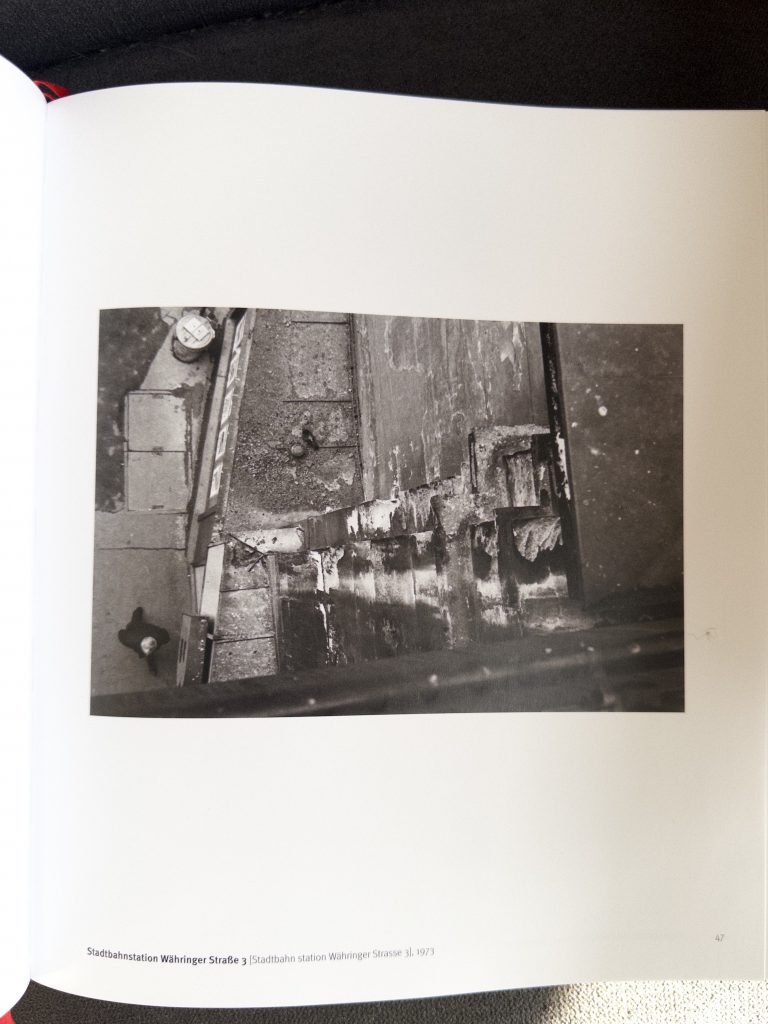
His journey from a gifted musician to a pioneer of conceptual photography is well documented, a transition that seems to have infused his work with a rhythmic, almost musical sensibility. It is this deep seated musicality that Peter Weibel, a media theorist, and Peter Zawrel, an art historian, expand upon, framing Simak’s oeuvre as a challenge to conventional seeing. They highlight how his work, much like Peter Kubelka’s, creates a new reality from the smallest possible units, structuring them into a rhythmic form that stands in a paradoxical relationship to the real world. Simak himself has always viewed photography not as a medium of representation, but as a philosophical inquiry, a way to interrogate reality through abstraction.
Photographs in the Key of Life truly reverberates. It’s a book that reminds me why I photograph in the first place, to honour the overlooked, to find meaning in the spaces between things, to show the raw truth of how the world looks to me. In a world increasingly obsessed with clarity and speed, with constant noise and manufactured moments, Simak’s work urges us to slow down, to feel our way through the shadows, and to embrace the haunting beauty of what stays unseen. It’s a profound, soul stirring journey through light, memory, and the enduring human condition.
Regards
Alex
